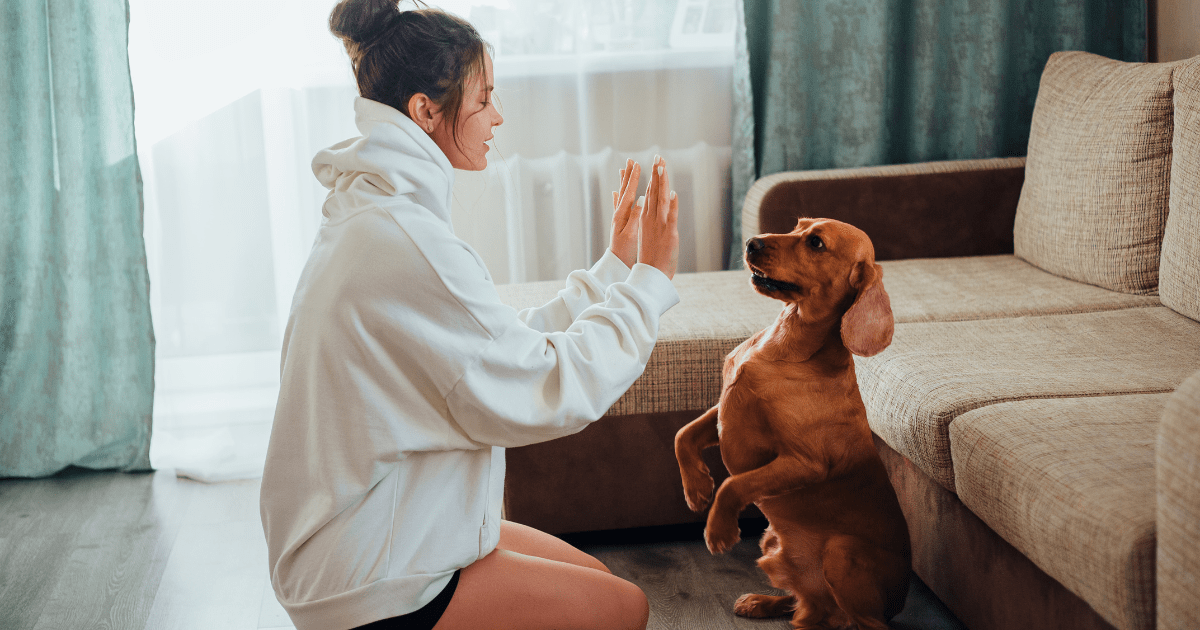
Introduction
Welcome to the world of dog recall training! If you’re a new dog parent, there’s one essential skill you need to master to ensure your furry friend’s safety and happiness: dog recall training for beginners. Whether you’re hoping to take your dog on off-leash adventures, or simply want to ensure they return when called, recall training is one of the most important aspects of dog training you’ll ever undertake.
When done right, dog recall training for beginners can transform your relationship with your dog, creating a bond built on trust, consistency, and communication. It’s not just about getting your dog to come when called—it’s about building a deep understanding of each other’s needs and strengthening the bond between you.
In this ultimate step-by-step guide, we’ll take you through everything you need to know about dog recall training for beginners, from choosing the right environment to troubleshooting challenges along the way. So, if you’re ready to dive into this exciting journey with your pup, let’s get started!
The Magic of Dog Recall Training for Beginners: Creating a Lifelong Bond with Your Pup
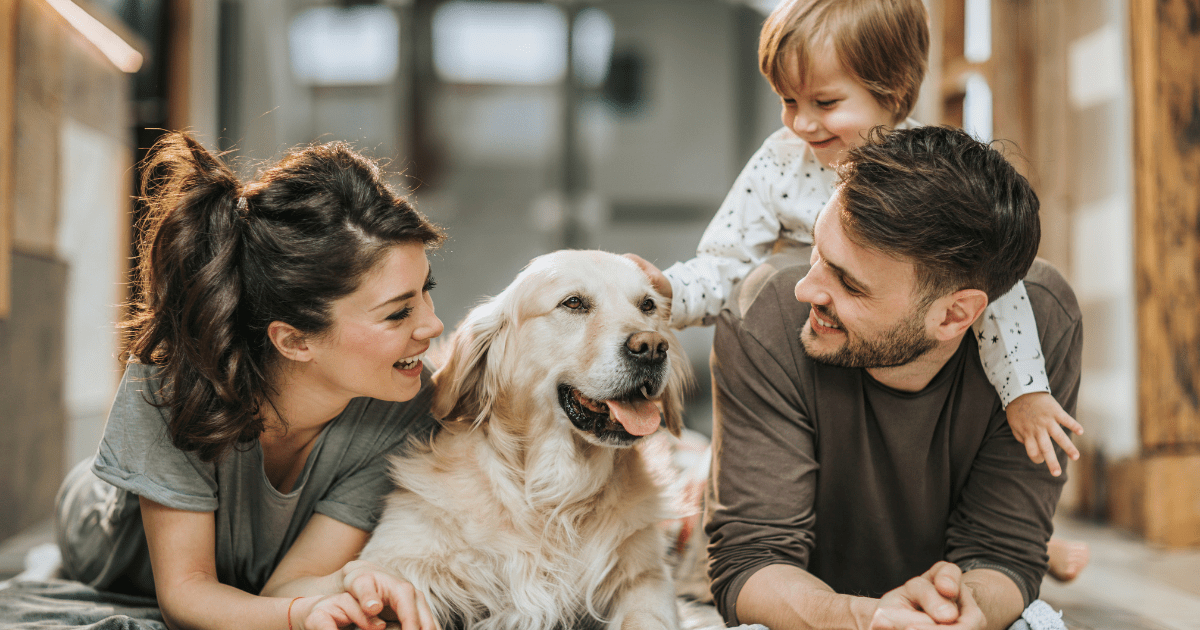
Dog recall training for beginners isn’t just about teaching your dog a simple command—it’s about cultivating a deep, trusting relationship that lasts a lifetime. When you teach your dog to come when called, you’re not just giving them a command—they’re learning to respond to you in a way that fosters mutual respect and understanding. This is the foundation for a lasting bond that will make your dog’s training a fun and rewarding experience for both of you.
Recall training is one of the first steps in helping your dog feel safe, secure, and well-behaved. Whether your pup is an excitable young dog or a more seasoned, energetic canine companion, teaching them to reliably return when called is a skill that will keep them safe in a variety of situations. Imagine a scenario where your dog is off-leash in a park or on a hike, and you need them to return to you immediately—reliable recall training gives you that peace of mind. It’s not just about training your dog; it’s about creating an environment where your dog can thrive while respecting your role as their guide.
The Freedom and Bonding Benefits of Dog Recall Training for Beginners
In addition to safety, dog recall training for beginners also allows you to enjoy more freedom with your dog. Being able to let your dog off-leash without fear of them running away or getting distracted is a game-changer. You’ll experience more freedom, less stress, and more fun as you spend quality time with your dog, whether you’re at the beach, in the park, or out on a hiking trail.
Recall training also lays the groundwork for other important commands and behaviors, reinforcing the idea that your dog should listen to you in a variety of situations. This helps establish you as the leader of your pack and helps your dog feel confident in their role. When your dog learns to respond to your recall command, they are also learning to trust you in other areas, making training easier across the board.
Ultimately, the magic of dog recall training for beginners lies in the sense of accomplishment and connection you’ll both feel when your dog responds to your command, no matter the environment or distractions. The benefits extend beyond just the practical aspects—it’s about creating a bond that enhances your relationship and brings joy to both you and your dog.
Step 1: Choosing the Right Environment for Effective Dog Recall Training for Beginners
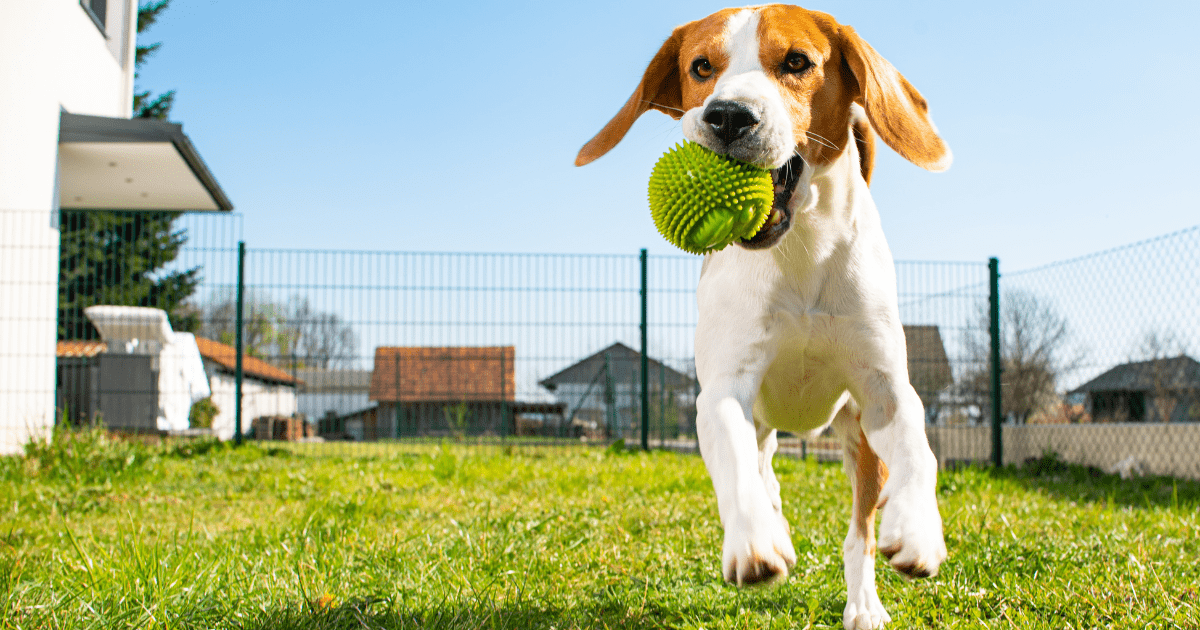
The first step in dog recall training for beginners is selecting the right environment. This is crucial for laying the foundation of your dog’s training, as it sets the stage for success. As a new dog parent, it can be tempting to start training in a chaotic environment, but for your pup’s sake, it’s essential to begin in a place that’s quiet, calm, and free from distractions.
Why a Controlled Environment Matters
When you’re just getting started, it’s important to train in an environment that offers minimal distractions. This allows your dog to focus on you and the task at hand. Imagine trying to teach your dog recall while they’re distracted by other dogs, people, or enticing smells—it’s a recipe for frustration for both you and your dog. By starting in a calm, controlled setting, you can ensure that your dog is engaged and ready to learn.
Ideal Training Locations
The best place to begin dog recall training for beginners is indoors or in a small, secure area like your backyard. Indoors, your dog will be free from the typical distractions found outdoors, such as squirrels or passing cars, making it easier for them to focus. A small, enclosed area like your backyard gives your dog the space to move around while staying close enough to respond to your recall command.
Once your dog has mastered the basics indoors, you can gradually introduce more distractions by moving to larger, more open spaces. This can include local parks or quiet outdoor spaces where you can still manage your dog’s movements. Over time, as your dog becomes more confident with recall, you can increase the level of distraction by introducing more complex environments like dog-friendly trails, beaches, or open fields.
The Importance of Safety
Always prioritize safety when selecting a training environment. For beginners, it’s important to train in an enclosed area or one where your dog is always leashed or securely confined. This prevents your dog from running off or getting distracted by nearby animals or traffic. Once you feel confident in your dog’s recall ability, you can start testing their skills in less-controlled areas with a longer leash or an e-collar for safety.
Creating a Positive Training Environment
A positive, fun environment is essential for your dog’s success. Ensure that the space you’re training in is free from stressors or negative associations. If your dog feels anxious or uncomfortable, they’re less likely to respond well to recall commands. Choose a calm time of day, free from loud noises or stress, so that both you and your dog can fully engage in the training process.
Step 2: Engaging Your Dog’s Focus with Fun and Rewarding Recall Exercises
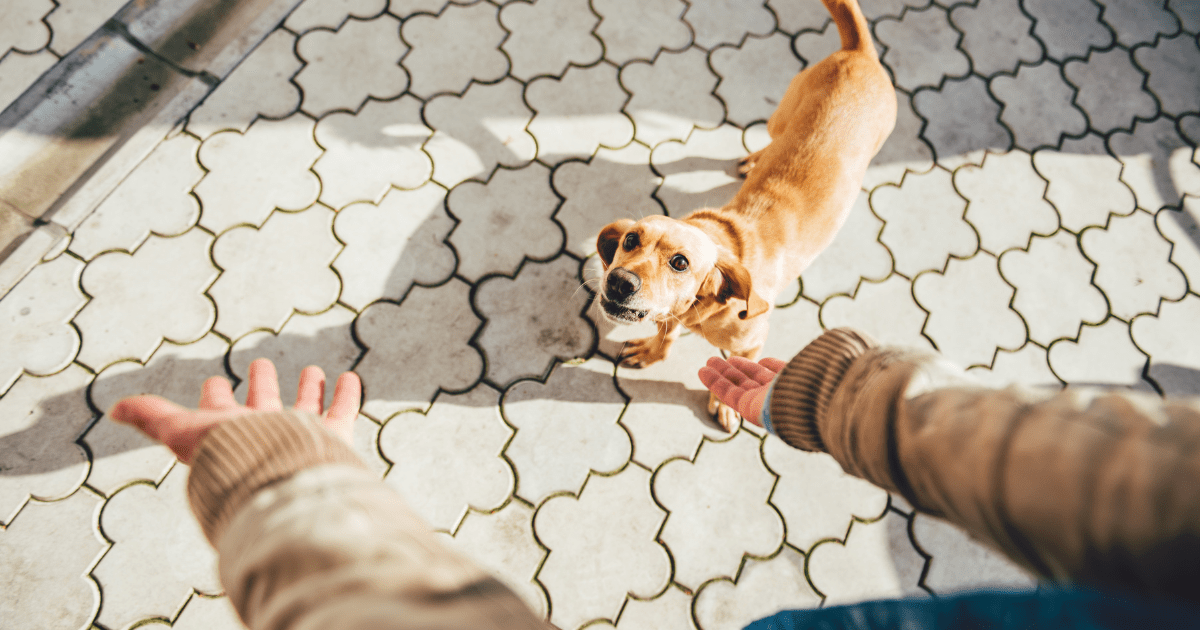
Now that you’ve chosen the perfect environment, it’s time to dive into the fun part—training! Dog recall training for beginners should always be engaging and positive for your pup. The key to successful recall training is to make it fun and rewarding, so your dog will be eager to come when called every single time.
Using Positive Reinforcement
One of the best ways to engage your dog and encourage consistent recall is through positive reinforcement. When your dog successfully responds to your recall command, reward them immediately with praise, treats, or playtime. The idea is to create a strong association between the recall command and a reward. This makes it clear to your dog that coming to you is always a positive experience.
Fun Recall Exercises for Beginners
Start by calling your dog’s name in an enthusiastic and excited tone to grab their attention. Once your dog starts moving toward you, say your recall command (such as “come” or “here”) and offer a reward. Repeat this several times to help your dog understand what you want. Keep sessions short and positive to avoid overwhelming them.
Another fun exercise to try is the “hide and seek” method. Have a friend or family member hold your dog while you hide in another room or around a corner. Once they’re ready, call your dog’s name and wait for them to find you. This adds an element of fun and mystery to the training, helping your dog become more engaged and excited to listen for the recall command.
The Power of Play
Incorporate play into the recall process. Many dogs respond incredibly well to games like fetch or tug-of-war. When your dog brings back the ball or toy, use this as a recall moment and reward them for coming back to you. Playtime is a fantastic way to bond with your dog while reinforcing their recall skills.
Building Consistency
To ensure your dog’s recall remains reliable, practice frequently. Short, daily training sessions are much more effective than longer, less frequent sessions. The key is consistency—every time your dog successfully responds to the recall command, they reinforce the behavior. Over time, they’ll become more reliable at coming to you, no matter the situation.
Step 3: Troubleshooting Challenges in Dog Recall Training for Beginners
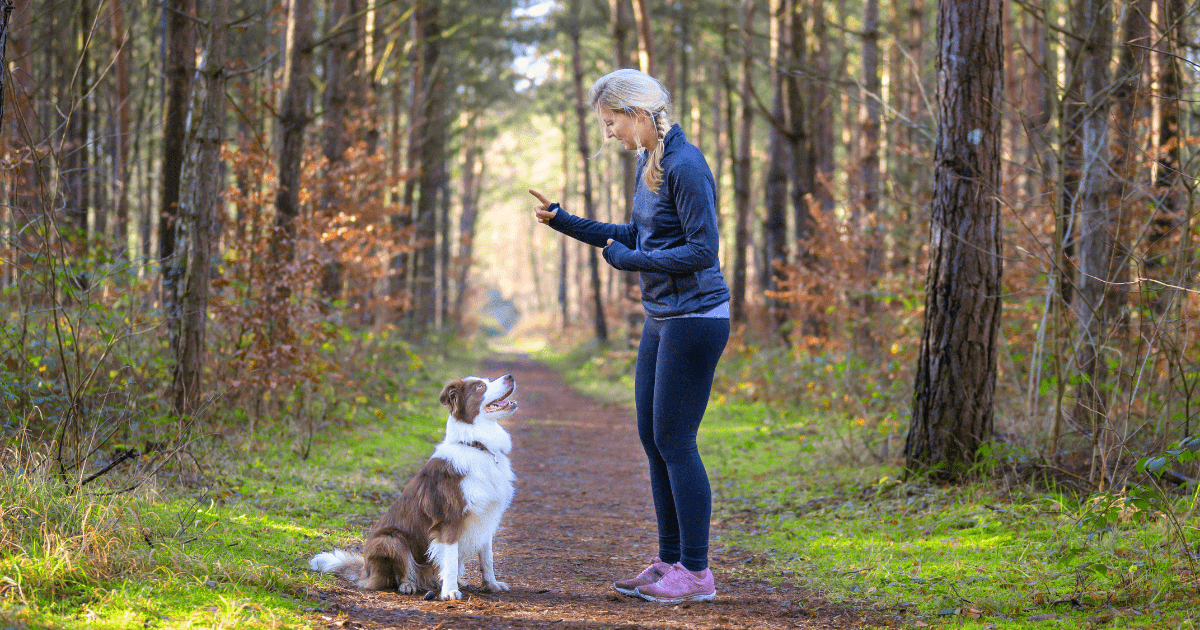
Even the most well-trained dogs can face challenges during dog recall training for beginners. It’s important to approach these setbacks with patience and persistence. If you encounter issues with your dog’s recall, don’t get discouraged! Troubleshooting these challenges is part of the process and will help you refine your training approach.
Common Challenges and How to Address Them
One common challenge that dog owners face during recall training is their dog’s distraction. If your dog is distracted by a toy, another dog, or an interesting smell, it may not respond to the recall command as reliably. If this happens, return to a more controlled environment with fewer distractions and slowly build up your dog’s ability to focus.
Another issue is when your dog doesn’t come when called. This can be frustrating, but it’s often because the recall command hasn’t been associated strongly enough with a reward. Make sure your rewards are exciting and immediate to reinforce the behavior. In some cases, using a long leash or training line can help keep your dog safe while ensuring they’re able to practice recall with you.
Remaining Calm and Patient
Dogs can sense your emotions, and if you’re frustrated or anxious, they may become stressed as well. Always remain calm and positive during recall training. Even if your dog doesn’t come immediately, remember that training takes time and consistency. Celebrate the small victories, and
don’t punish your dog for mistakes.
Step 4: Making Dog Recall Training for Beginners a Part of Your Daily Routine
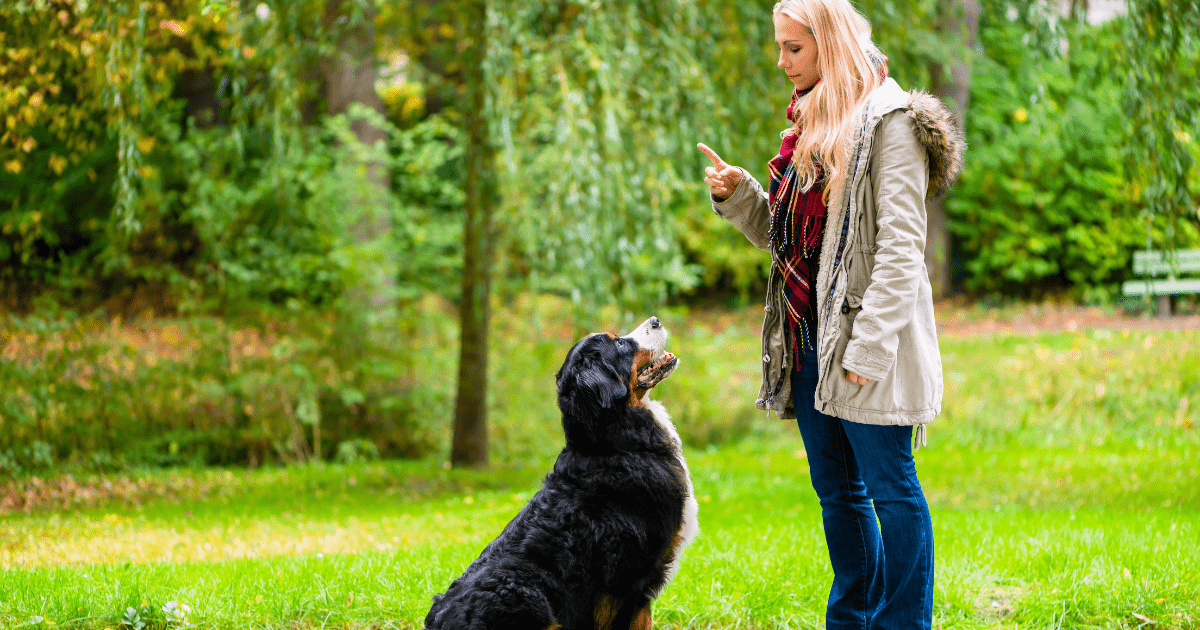
The key to success in dog recall training for beginners is consistency. The more you practice, the faster your dog will learn. But don’t worry—recall training doesn’t have to feel like a chore. By incorporating training into your daily routine, you’ll create a seamless experience that strengthens your dog’s recall skills while keeping things fun and engaging.
Incorporating Recall into Walks and Playtime
One of the easiest ways to practice recall is to make it a part of your daily walks and playtime. During walks, practice calling your dog back to you at regular intervals. Each time they return to you, reward them with praise and treats. You can also incorporate recall into games like fetch or hide-and-seek, keeping things exciting and fun.
Training on the Go
Don’t limit your recall practice to your home or backyard. Whenever you’re out and about with your dog, take advantage of the opportunity to reinforce recall. Whether you’re at the park, in the yard, or on a walk, practice calling your dog to you in different environments. The more varied the experience, the more reliable your dog’s recall will become.
Setting Realistic Goals
Set achievable goals for your dog’s progress. While it’s exciting to work towards off-leash freedom, it’s important to take small steps and celebrate the milestones along the way. Don’t rush the process—let your dog build confidence and mastery at their own pace.
Conclusion
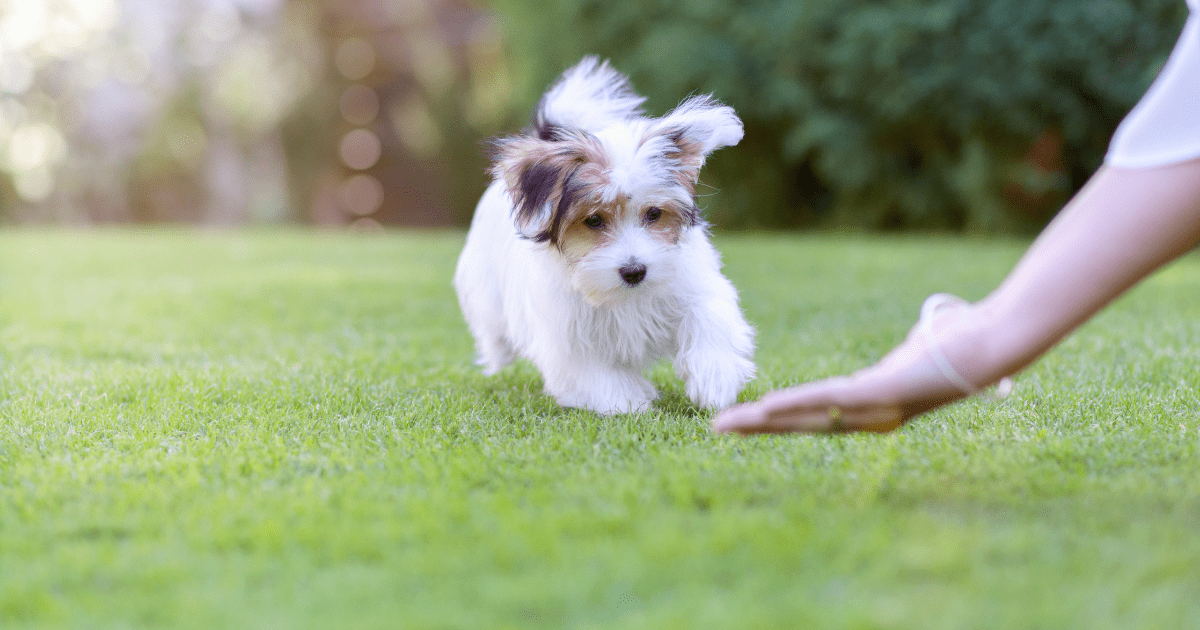
Congratulations! You’ve now learned everything you need to know to get started with dog recall training for beginners. From choosing the right environment to troubleshooting challenges and making recall a part of your daily routine, you’re well on your way to having a dog that listens to you, no matter the situation.
With patience, consistency, and positive reinforcement, you and your dog can master recall together, creating a stronger bond and ensuring your dog’s safety and happiness.
For more information, visit https://thepawshub.com/. Happy training!